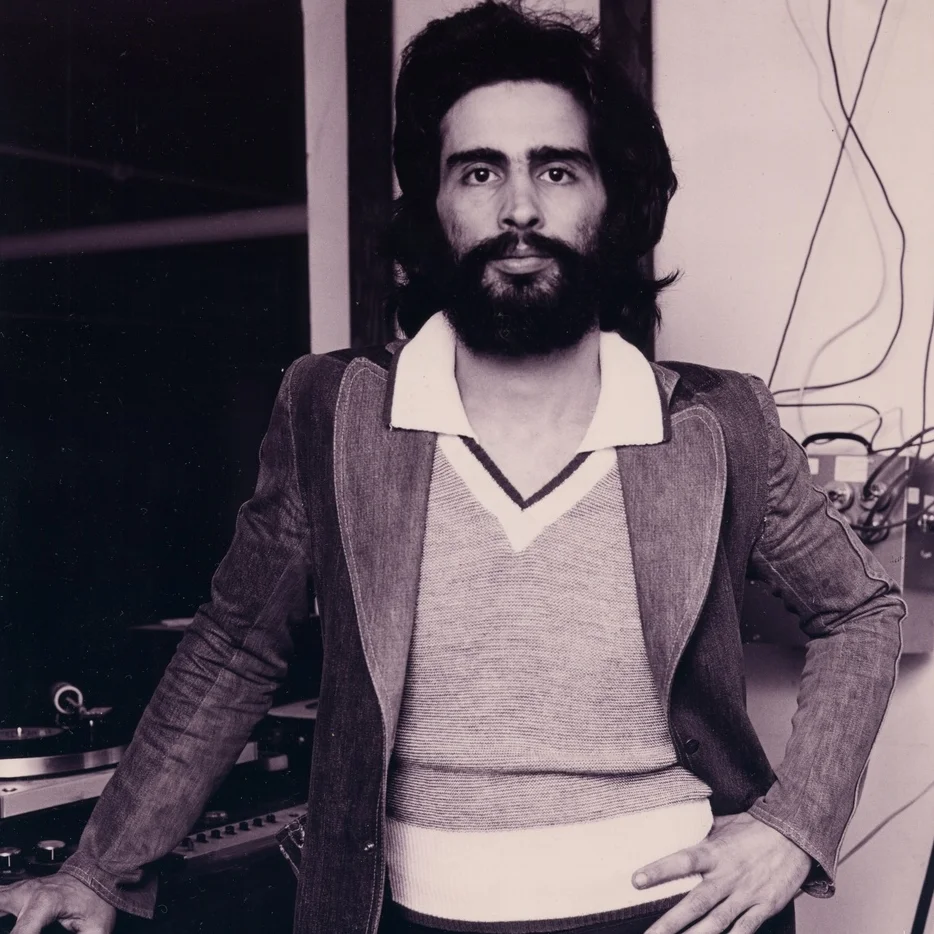Temporary Autonomous Zones: Post-Mortem
Further to the recent posts on the idea of "DJing Queerness", this instalment sees Jack McNeill explain his motivation and thoughts about Temporary Autonomous Zones. Rather than give further preamble, I'll simply let Jack get straight into it.
Temporary Autonomous Zones has been a piece that I have been writing for the best part of a year. Since getting to work on this article, my first foray into describing the piece publicly, I’ve been trying to figure out what to write about without providing a lengthy and admittedly probably quite dreary analysis. Now that Temporary Autonomous Zones (TAZ for short) has been ‘performed’, ‘experienced’ - whichever way you might want to phrase it - I feel I finally understand what it really is that needs to be expressed.
I had originally planned to write about the idea behind the installation; to create an interactive performance environment based on structures and social interaction in club cultures that were hidden to audience members. These would be demonstrated by subtly guided performance that was devised with a number of actors, dancers and DJs, with the idea of social choreography at the centre. These social choreographies were designed to encourage audience members to become participants throughout the duration of the work. DJs were given ‘scores’ with instructions and themes to work within whilst actors/dancers were given direction to heighten the interactive experience, moving around the space and interacting with visitors. The aim of all this? To put the performative aspects of nightlife under the microscope and prompt people to really question their role as performers in such environments.
There is a lot to talk about and it would be impossible to fit everything into a short(ish) article. But one idea that particularly struck me in the research of the piece was one Nicholas Bourriaud articulates perfectly: “Once a performance is over, all that remains is documentation that should not be confused with the work itself”. This is why this article has taken me so long to write. Because despite all of these truffles of information, these grand philosophical or critical ideas, I didn’t have a piece until the day of the performance. And now that the performance has happened, TAZ is no longer a physical, tangible thing, existing only in its documentation and the memory of those who were there.
But perhaps that encapsulates the beauty of the experience of the club night, or even the installation, the work of art - it’s an experience that relies on space and sound to create a reaction or an emotion within an individual, an experience that is unique to that individual. It is an interactive experience in which the viewer doesn’t just watch a reproduction of something that exists permanently as an object. They create a social and emotional microclimate that is completely transient and non-reproducible. Rather than sitting or standing and watching an object, be it a sculpture or a piece of music, such environments immerse you completely and change focus from object to experience.
Now would be an appropriate time to mention that TAZ sought to design such an experience and to guide people to certain conclusions in a non-theatrical, non-verbal way. It focused on hyper-reality and the idea of focusing in on something and simulating it to reveal its hidden structure. I won’t go on. Since the performance I have been thinking about the academicisation of dance music and the problems and benefits that come with it. It would be bold and frankly untrue to claim that TAZ was not an academic exercise, because it was. But at the same time I feel that nobody really needs to know everything behind it. As with any meaningful piece of art or music, there needs to be a good idea, a level of thought that goes deeper than the every day. However, TAZ focused on club cultures, dance music, hedonism, celebration and the general creation of a night that was designed to provide people with an experience. That meant that it needed to be engaging, exciting, playful and, dare I say it, fun. There were moments of discomfort, there was humour, there was awkwardness, there was visual intensity, there was conflict, it was very weird at times but it was certainly fun.
Towards the end of the piece I looked across the room and people were dancing, people were engaging but people were certainly aware that something was not quite right. If half the people that night had left the room feeling a little confused, thoughts very much provoked, but still feeling like they’d had a good evening, that’s a success. The ideas behind the night may have been complex, but the aesthetic was tangible, accessible and was not untrue to the philosophies that myself and many others hold about dance music. The context had changed but the experience remained similar, if slightly altered.
On his installations, Allan Kaprow states that ‘he wasn’t installing anything to be looked at… but something to be played in, participated in by visitors who then became co-creators’. This brings up a truth in much installation art - the idea that the work relies on the viewer. It doesn’t rely on any object and certainly doesn’t rely on a viewer’s understanding of complex academic theory. The person looking at the object in the room is the location of the work. In TAZ, the DJs and actors were not objects, or perhaps more appropriately, subjects, to watch, as in traditional performance, but rather curators and designers of experience. Their job was to facilitate play and interaction within the space.
What happened in TAZ was experiential, audience reliant. The attendees of the event go home with a memory and a feeling, whatever that may be. For 3.5 hours, they were witnessing a work and the narratives, emotions, and so on, existed within them and each of their experiences will have been different. The second they left the room, that experience was documented within their memory. There is no object to take away, no photograph or video to describe how it really felt to be there, the space that the piece was performed has now been transformed back into a dreary conference room. Just by their presence, every single person who attended TAZ can claim to be a co-creator and part of the piece. The work is now their memory and their own creation - so, here’s to many more.
Biography
Jack McNeill is a PhD student in Composition at the University of York focusing on the application of critical theory in the contemporary arts and specifically in installation to the composition of interactive works of electronic dance music. Alongside his studies, he produces, performs and DJs under the moniker Oren, performing regularly across the UK and (slightly less regularly) Europe. You can follow him on Instagram @orensounds





